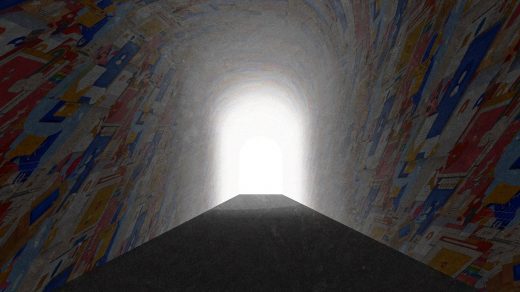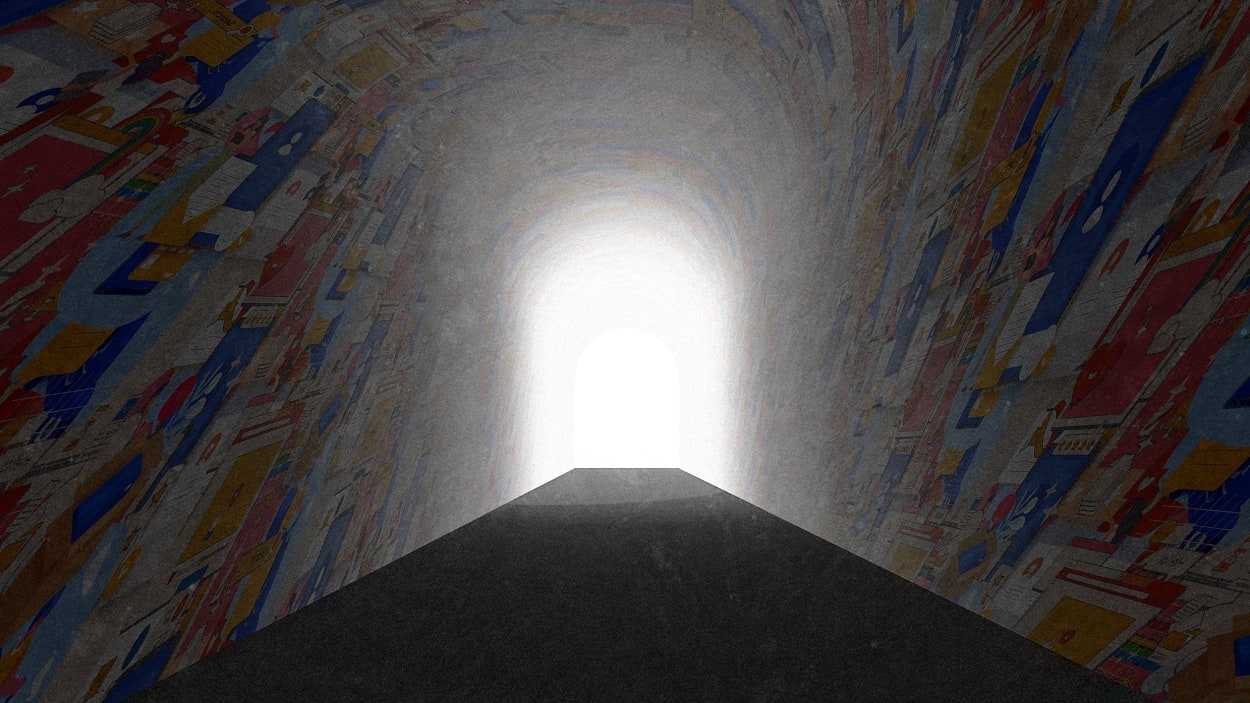The one thing missing from UX today? Hope
By Vivianne Castillo
If I’m being honest, I’m having some difficulty writing this piece because it requires me to sit with a painful reality that is difficult to publicly admit: I briefly think about quitting the UX and tech industry at least once a year. As the founder of an organization that supports a variety of design and tech companies, executives, and teams in their efforts to deepen their commitment to equitable, human-centered approaches to work and well-being, I see this sentiment often. It’s a common occurrence among people whose work exists at the intersection of human-centered design and technology and profit-driven environments. And as a former counseling and human service professional, I can tell you that the design community is neglecting a conversation on a matter that is imperative to our work: hope.
Our relationship with hope shapes how we approach research and design. It helps cultivate a deeper understanding of the clarity we need to be inclusive, ethical, and caring—traits that are at the foundation of humanity-centered design.
Today, it’s clear that many designers are feeling overwhelmed, disillusioned, and even unsafe within their organizations—and design leaders are recognizing that conversations around burnout and stress aren’t quite cutting it. I’ve found a deep sense of comfort in the words of American activist, grassroots organizer, and abolitionist Mariame Kaba: “Hope doesn’t preclude feeling sadness or frustration or anger or any other emotion that makes total sense. Hope isn’t an emotion…Hope is not optimism. Hope is a discipline… we have to practice it every single day.”
Kaba’s quote is a reminder that the answer to feeling hopeless isn’t toxic positivity or forced optimism. The answer is to make our engagement with hope a discipline because of what’s at stake if we don’t: namely that designers will begin to believe that a better future is not possible within our lifetime.
I used to think a lot about hope during my earlier days as a counselor, but have now found myself, especially over the past couple of years, thinking the most about hope and its relationship to the design professional.
I think about the conversations I have with design professionals on how the craft they onced loved is now robbing them of joy and life. I think about the moments when I am tempted—when we are tempted—to distance ourselves from hope in the midst of capitalistic systems. I think about the onslaught of layoffs that are impacting the design community, how people within our community are experiencing deep sadness and anxiety in the midst of uncertainty and within what feels like a constant invitation to stain ourselves with cynicism and fear.
I think about how many in the design community have grown tired and numb to witnessing mainstream design thought leaders debate the same concepts, only to reinforce branded orthodoxies that, at best, lead to the constant repackaging of ideas into books, blogs, and articles and, at worst, a prideful competition for relevance. I think about how tired historically marginalized designers feel, how angry (and rightfully so) they are at the hypocrisy they see from companies, well-known design leaders, and conference speakers with their lack of commitment to being truly human-centered in ways that acknowledge their privilege, their power, and their role in exacerbating injustice.
And I think about the ways the pandemic, chronic grief, and sociopolitical upheaval have further tempted us to distance ourselves from hope.
What does hope look like in the midst of what can feel like ruin and rubble in our lives? What does hope look like in the midst of what can feel like ruin and rubble in the workplace? Answering these questions requires that design professionals tether themselves to a discipline of hope, and I can’t think of a more timely, practical, and relevant moment to commit to this daily practice.
Hope impacts our practice
As designers, we must be intentional in our practice of hope because of how it shapes our understanding and approach to ethical design. The commitment designers make to investigating the hefty problems they face while designing products (the potential for a product to encourage harmful behaviors, for example) is, in part, determined by the values they hold. These values that bring a sense of perspective, meaning, and purpose to our lives also bias our understanding of ethics, some for the better, some for the worse.
When we have a closer proximity to hope, we’re able to understand and act on what matters most to us. We can ground ourselves in what we believe and hold fast to our commitment to upholding it in creative, human-centered ways. Some examples of values and the impact they have on one’s ethics include, but aren’t limited to:
Belonging: You’re designing the onboarding experience to a product that helps people understand their fitness lifestyles by customizing a program to help them become healthier. When the experience requires the user to identify their current fitness routines, you ensure that the options consider folks coming from all economic demographics and not just those who can afford attending Pure Barre or CrossFit classes.
Integrity: You’re asked to do research or design work for a client whose mission and behavior toward others violates your beliefs around how nonprofits should treat people. You share your concerns with your manager and ask to be removed from the project and offer alternative ways to impact the business and leverage your time.
Power: You’ve recently been promoted to manager and are giving feedback to one of your direct reports during a midyear review. During the review, they start asking questions to gain more clarity on the feedback, and this flusters you, as now you’re not going to have enough time to get through all the feedback you have for them during this scheduled time. Agitated, you remind them that they need to be a team player, to not be defensive when receiving feedback, and that you’ve been at the company longer, so you know what’s best. Your direct report becomes quiet and you get through the review with no more questions or comments from them.
These examples show how designers approach research and design is more than the execution of methodologies. It’s how we show up for our participants, our colleagues, and ourselves, which is determined by our relationship to our values and how we allow hope to activate them. Designers’ relationship to hope dictates their ability to believe that things could be better and different for customers, participants, and users—and most importantly, for themselves. Hope influences our ability to engage an ethic of creativity as we imagine how a deeper understanding of people can lead to more positive experiences. Hope is anchored in the belief that others and ourselves deserve better, and that better can be possible if we commit to being more human toward ourselves and others.
Vivianne Castillo is the Founder and CEO of HmntyCntrd®, an award-winning organization that’s committed to transforming the status quo of being human-centered through courses, community, and consulting.
(12)



